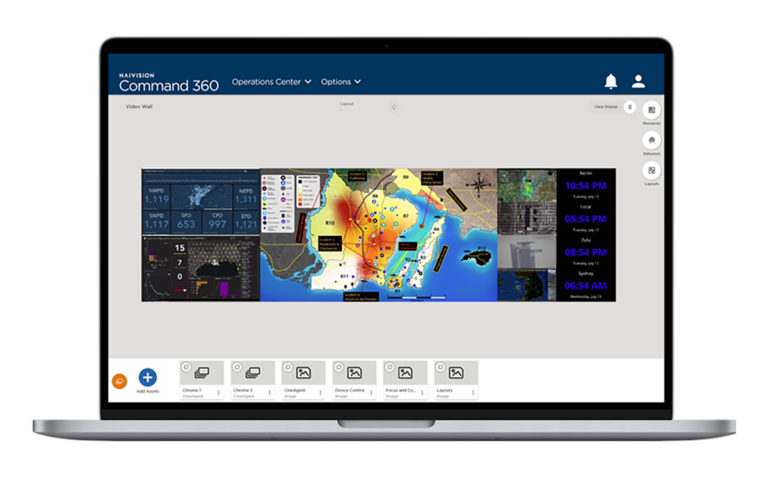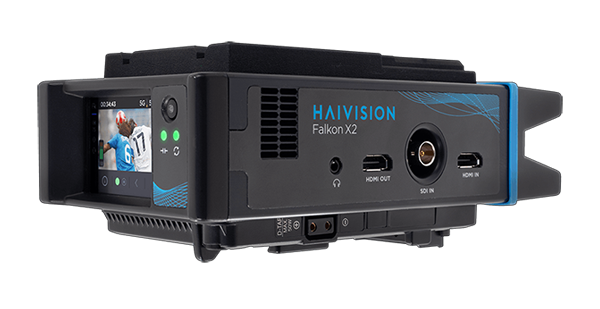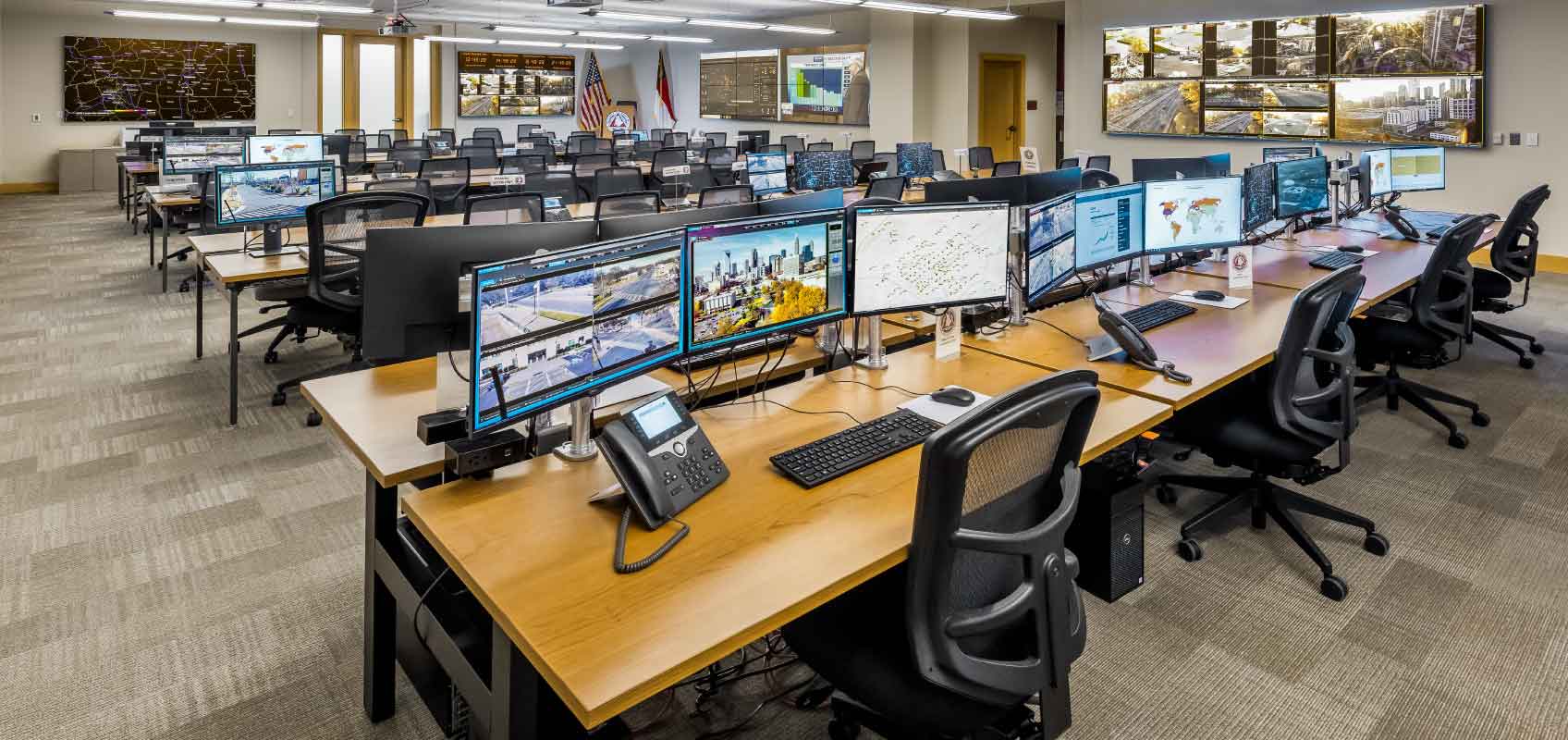In an era defined by rapidly evolving technology, the world of public safety and law enforcement is also undergoing a transformation. Real-time crime centers (RTCCs) are at the forefront of this evolution, providing a powerful tool for law enforcement agencies to enhance their response capabilities, improve situational awareness, and meet the ever-changing needs of today’s public safety and policing environments. In this blog, we delve into the key factors police departments and public safety agencies should consider when exploring real-time crime center technology and how it can revolutionize public safety efforts.
Before We Get Started – A Refresher on Real-Time Crime Center Technology
Let’s briefly revisit a previous article on real-time crime center technology. As explained in our previous post on RTCC technology, real-time crime centers create a common operating picture, foster multi-agency collaboration, expedite decision-making processes, and promote interconnectivity. Innovative police departments can leverage said technology within their command centers to receive real-time intelligence from the field, unify and process verified information, and coordinate responses to various incidents. Ultimately, the benefit of this technology is to promote highly efficient situational awareness and safeguard community and officer wellbeing.
Haivision Command 360
See how our video wall technology, powered by Command 360, boosts situational awareness, efficient response, and smarter crime prevention.
What to Consider for Your Real-Time Crime Center
RTCCs are designed to house operators and officers who receive vital information from the field, making it crucial for these facilities to be ready to respond swiftly. With that foundation set, we can now explore the most important questions public safety agencies should ask when implementing new real-time intelligence infrastructure.
Whether you’re establishing a new RTCC or enhancing an existing one, several key considerations must be taken into account:
Technology Considerations
- Technology Needs: Begin by identifying the types of assets that will be integrated into the facility, such as surveillance cameras, data streams, and incident recognition software. This is influential to the video wall system you choose as it must be able to manage multiple incoming sources.
- Applications and Software Tools: Determine the software applications that officers will use. Are any of these applications web-based? Ideally, the system should be able to stream nearly any kind of content from any signal format – anywhere from digital to analog, IP, or virtual environments – and from any device, from tablets to desktops to cameras. Universal application support is the best approach for future-proofing your real-time crime center.
- Integrating Existing Technology: Assess your ability to manage and adapt to new hardware and software. How often do you plan to introduce new tools or systems, and are they specific to a particular department? For example, Command 360 prioritizes flexibility in this regard and allows easy access to the latest video streaming technologies, whether it’s one of our many solutions or third-party devices and platforms.
Staff Considerations
Staff Rotation and Acumen: Consider the frequency at which your staff rotates and the level of technical expertise within your team. Having technically experienced staff can be invaluable for troubleshooting and optimizing technology, but if that’s not possible, will the new system be easy to use for non-technical users?
Physical Space Considerations
Walls and Architectural Changes: Determine whether your RTCC will require multiple video walls or architectural adjustments to house these video wall systems. How many operators will be viewing the video wall simultaneously? Consider the importance of your video wall system’s adaptability in the context of a single-site or multi-site operation (especially in the long term).
A real-time crime center’s video wall system is a central component in ensuring efficient and effective operations. This technology should be capable of managing multiple incoming sources, organizing and highlighting critical details within content, and swiftly disseminating information to operators. These sources can range from body-cam footage to crime-monitoring technology such as high-definition video feeds from IP cameras.
As law enforcement agencies adopt real-time crime center technology, it’s essential to keep these key considerations in mind. A well-planned and adaptable RTCC will not only enhance public safety efforts but also serve as a critical asset in community monitoring and swift incident response. By addressing technology, staff, and physical space considerations, agencies can maximize the effectiveness of their real-time crime centers and ultimately make their communities safer.



























